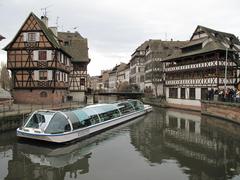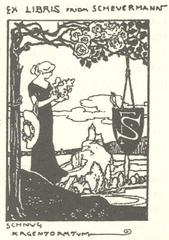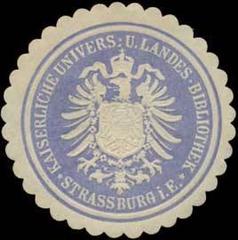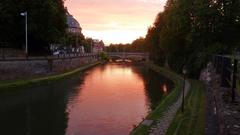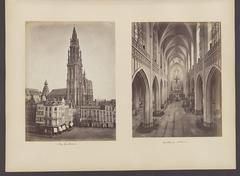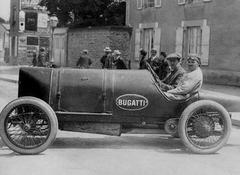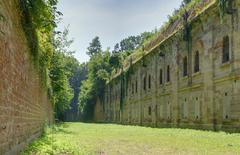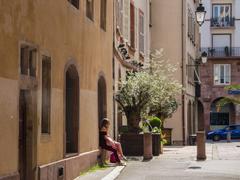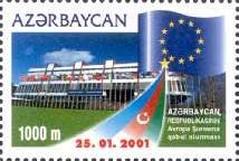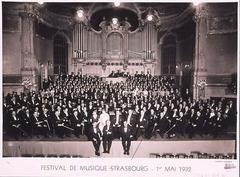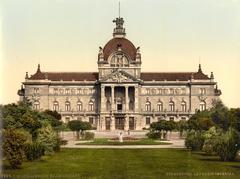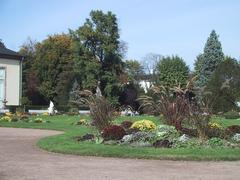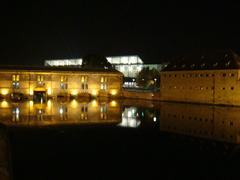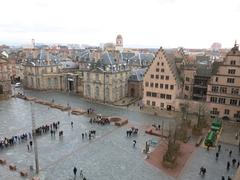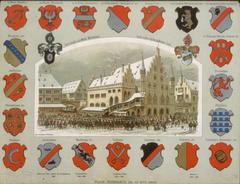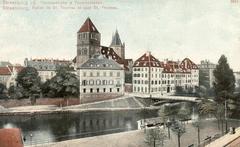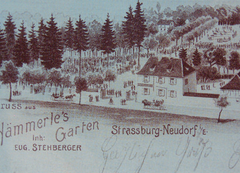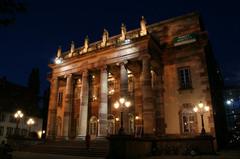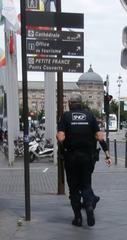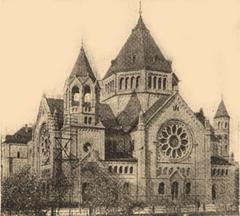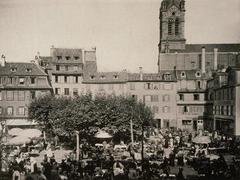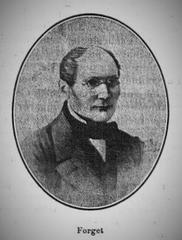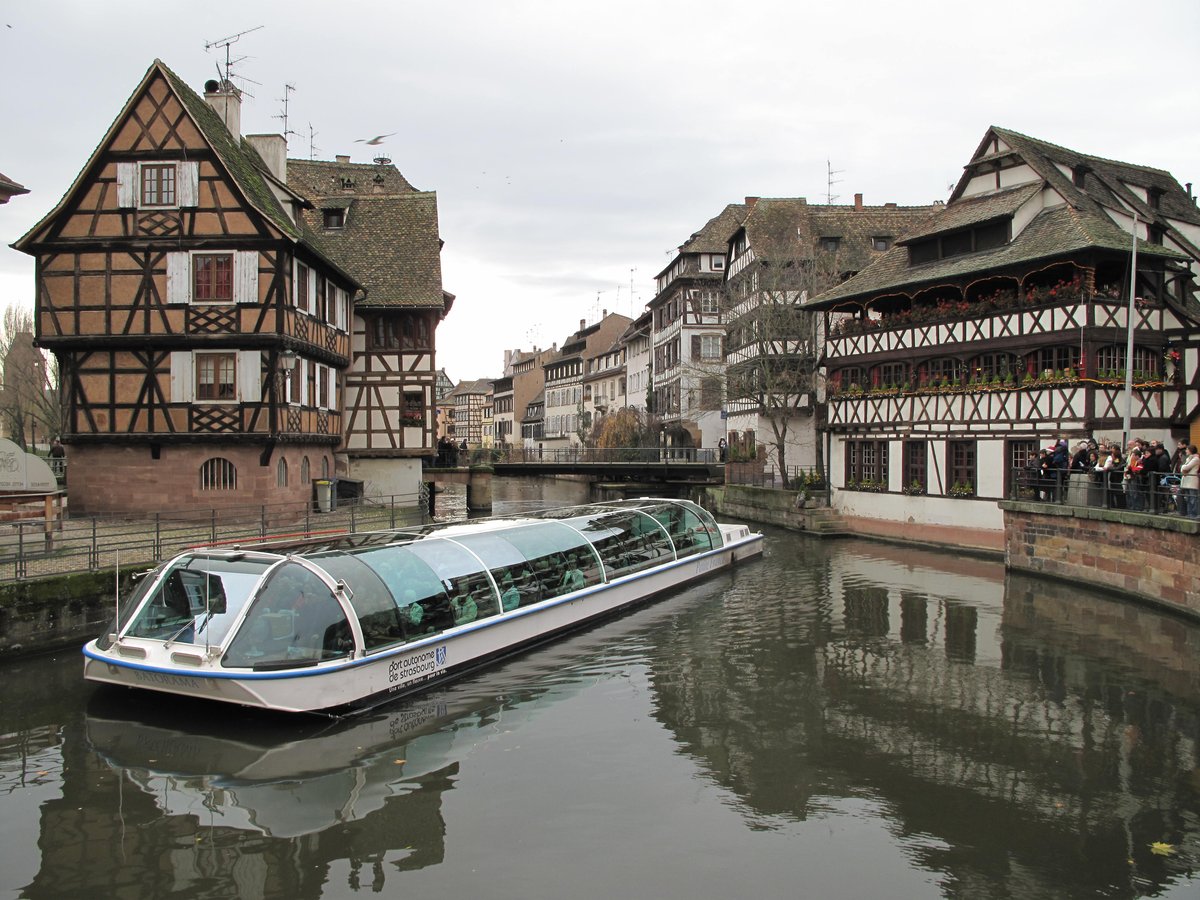
Visiting Pont du Faisan in Strasbourg: Hours, Tickets, and Tips
Date: 19/07/2024
Introduction
The Pont du Faisan, also known as the ‘Pont Tournant’ or ‘Swing Bridge,’ stands as a testament to Strasbourg’s rich historical and cultural tapestry. Nestled in the heart of the idyllic La Petite France district, this iconic pedestrian bridge not only serves as a functional passageway but also as a gateway into the past, offering a unique glimpse into the architectural and engineering marvels of the late 19th century. Constructed in 1888 during a period of significant urban development under German administration, the Pont du Faisan was designed to facilitate the movement of people and goods across the Ill River, a crucial artery for trade and transportation during that era. Its ability to pivot horizontally to allow boats to pass underscores the innovative engineering techniques employed at the time, blending functionality with aesthetic appeal.
The bridge’s strategic location in La Petite France, a UNESCO World Heritage site, adds to its allure. This historic district, once inhabited by fishermen, tanners, and millers, is characterized by its charming canals and half-timbered houses, providing a picturesque backdrop that enhances the cultural significance of the Pont du Faisan. Today, the bridge is a popular spot for both locals and tourists, hosting various cultural events and festivals, including the renowned Strasbourg Christmas market. As visitors traverse the bridge, they are treated to stunning views of the Ill River and the surrounding medieval architecture, making it a memorable experience steeped in history and beauty. For more detailed visitor information and tour schedules, the Strasbourg Tourism website serves as a valuable resource.
Table of Contents
- Introduction
- Origins and Early History
- Construction and Design
- Architectural Significance
- Role in Urban Development
- Historical Events and Transformations
- Cultural and Social Impact
- Visiting Hours and Tickets
- Nearby Attractions
- Preservation and Modern-Day Relevance
- Visitor Experience
- Practical Information for Visitors
- Local Insights
- Photography Tips
- Safety and Accessibility
- Local Customs and Etiquette
- Shopping and Souvenirs
- Events and Festivals
- FAQ
- Conclusion
Origins and Early History
The Pont du Faisan’s history dates back to the late 19th century, a period marked by significant urban development and modernization in Strasbourg. Constructed in 1888 during German administration, the bridge was designed to facilitate the movement of people and goods across the Ill River, a crucial waterway for trade and transportation.
Construction and Design
Built in 1888, the Pont du Faisan was designed as a swing bridge, allowing it to pivot horizontally to let boats pass. This feature was essential during the late 19th and early 20th centuries when river traffic was vital to the city’s economy. The bridge’s design reflects the industrial aesthetics of the era, utilizing iron and steel for strength and intricate design elements.
Architectural Significance
The Pont du Faisan epitomizes late 19th-century engineering ingenuity. Its construction primarily of iron and steel provided the necessary durability while allowing for a visually appealing design. The bridge’s ability to swing open is a testament to the innovative engineering techniques of the time, blending functionality with aesthetic appeal.
Role in Urban Development
The construction of the Pont du Faisan significantly impacted Strasbourg’s urban development. By providing a reliable crossing over the Ill River, it facilitated the expansion of the city and the integration of La Petite France into the broader urban landscape. This integration was crucial for the area’s economic and social development, enhancing the flow of people, goods, and ideas.
Historical Events and Transformations
The Pont du Faisan has witnessed numerous historical events, including German occupation during World War II. Despite the challenges, the bridge remained a vital link for residents and played a role in post-war reconstruction. Renovations in the latter half of the 20th century ensured the bridge’s structural integrity and preserved its historical significance.
Cultural and Social Impact
The Pont du Faisan is a cultural and social landmark, offering stunning views of the Ill River and La Petite France. It is a popular spot for both locals and tourists, hosting various cultural events and festivals, such as Strasbourg’s annual Christmas market. The bridge enhances the city’s cultural vibrancy, serving as a backdrop for many activities.
Visiting Hours and Tickets
The Pont du Faisan is accessible 24/7 as a pedestrian bridge, with no ticket required for crossing. However, guided tours of La Petite France and the surrounding areas often include the bridge as a highlight. For more detailed visitor information, including special events and tour schedules, check the Strasbourg Tourism website.
Nearby Attractions
While visiting the Pont du Faisan, explore other nearby attractions in Strasbourg, such as the Strasbourg Cathedral, the Covered Bridges, and the Vauban Dam. These historical sites offer a glimpse into the city’s rich heritage and architectural splendor.
Preservation and Modern-Day Relevance
Efforts to preserve the Pont du Faisan as a historical monument include regular maintenance and structural assessments. These initiatives ensure the bridge remains an integral part of Strasbourg’s urban landscape while preserving its historical and architectural significance. The Pont du Faisan continues to be a vital pedestrian bridge, symbolizing Strasbourg’s ability to blend historical preservation with modern urban development.
Practical Information for Visitors
Location
Situated in La Petite France district, the Pont du Faisan is easily accessible by foot from the city center.
Visiting Hours
The bridge is open year-round, 24/7.
Ticket Prices
No admission fee; it’s free to visit.
Best Time to Visit
Spring and summer months offer pleasant weather and picturesque surroundings.
Accessibility
Pedestrian-only, accessible for all visitors, including those with mobility issues.
Photography Tips
For the best shots, visit early in the morning or late in the afternoon when the light is soft and golden. The bridge itself is particularly photogenic when captured from the nearby quays or from a boat on the Ill River.
Local Insights
Beloved by locals, the Pont du Faisan is more than a tourist attraction. It’s a favored meeting point and relaxation spot, surrounded by charming cafes and restaurants. Local guides often include the bridge in their tours, enriching the visitor experience with stories and historical anecdotes. This daily interaction with the bridge adds to its charm and significance.
Safety and Accessibility
Strasbourg is generally a safe city, but it’s always wise to stay vigilant, especially in crowded tourist areas. Keep an eye on your belongings and be aware of your surroundings. The Pont du Faisan and La Petite France are accessible to visitors with mobility issues, although some areas with cobblestone streets may be challenging. Many restaurants and attractions in the area are equipped with ramps and accessible facilities.
Local Customs and Etiquette
When visiting Strasbourg, it’s important to respect local customs and etiquette. Here are a few tips:
- Language: While French is the official language, many locals also speak Alsatian and German. English is widely understood in tourist areas.
- Dining: Tipping is appreciated but not obligatory. A service charge is usually included in the bill.
- Dress Code: Dress modestly when visiting religious sites like the Strasbourg Cathedral.
Shopping and Souvenirs
La Petite France is dotted with charming boutiques and shops where visitors can purchase unique souvenirs. Popular items include:
- Alsatian Wine: The region is known for its excellent white wines, particularly Riesling and Gewürztraminer.
- Kougelhopf Molds: These traditional cake molds make for a practical and decorative souvenir.
- Handcrafted Pottery: Alsatian pottery is known for its vibrant colors and intricate designs.
Events and Festivals
Strasbourg hosts several events and festivals throughout the year that can enhance your visit to the Pont du Faisan:
- Strasbourg Christmas Market: One of the oldest and largest in Europe, this market transforms the city into a winter wonderland. (Strasbourg Christmas Market)
- Strasbourg Music Festival: Held in June, this festival features a diverse lineup of classical, jazz, and contemporary music performances. (Strasbourg Music Festival)
- National Day Celebrations: On July 14th, the city celebrates Bastille Day with fireworks, parades, and various festivities. (Bastille Day)
FAQ
Q: What are the visiting hours for the Pont du Faisan? A: The Pont du Faisan is accessible 24/7 as a pedestrian bridge.
Q: Do I need a ticket to visit the Pont du Faisan? A: No ticket is required to cross the Pont du Faisan.
Q: Are there guided tours available? A: Yes, guided tours of La Petite France often include the Pont du Faisan. Check the Strasbourg Tourism website for more details.
Q: What other attractions are near the Pont du Faisan? A: Nearby attractions include the Strasbourg Cathedral, the Covered Bridges, and the Vauban Dam.
Conclusion
The Pont du Faisan is more than just a bridge; it is a symbol of Strasbourg’s rich history, architectural ingenuity, and cultural vibrancy. From its construction in the late 19th century to its role in modern-day Strasbourg, the bridge has played a significant part in the city’s development and continues to be a cherished landmark. For more information on the history and significance of the Pont du Faisan, visit Strasbourg Tourism.
